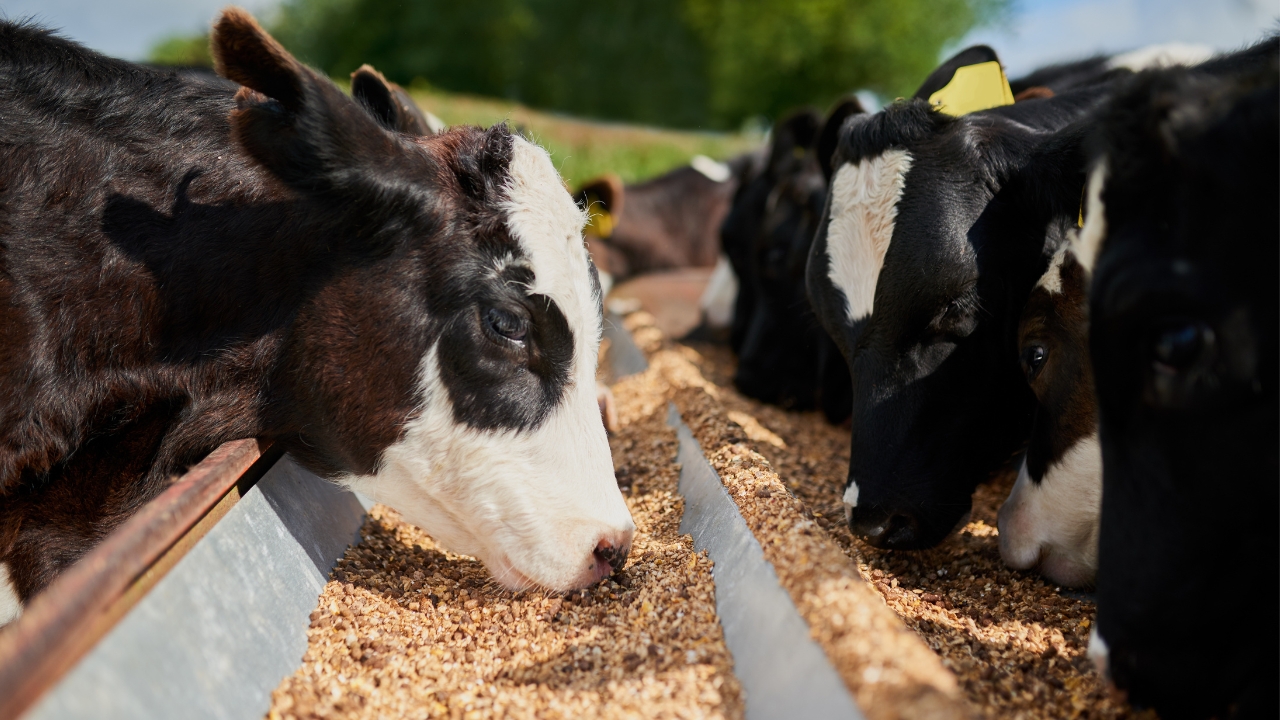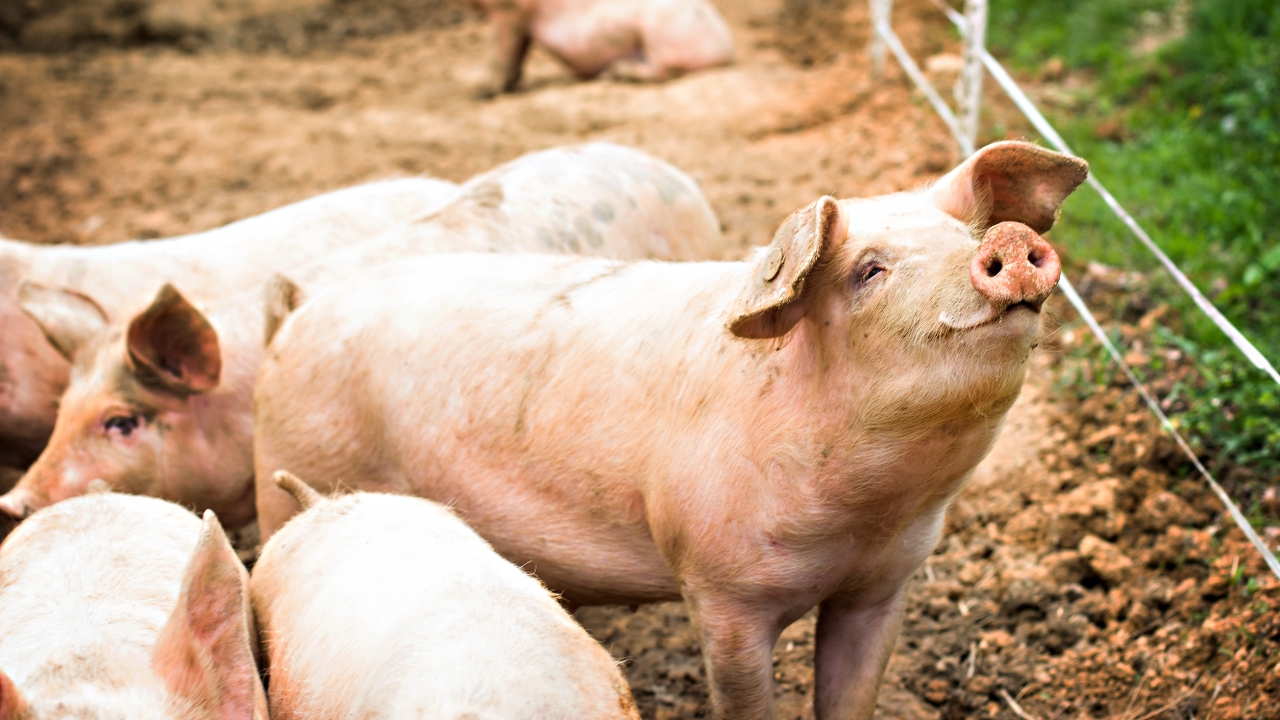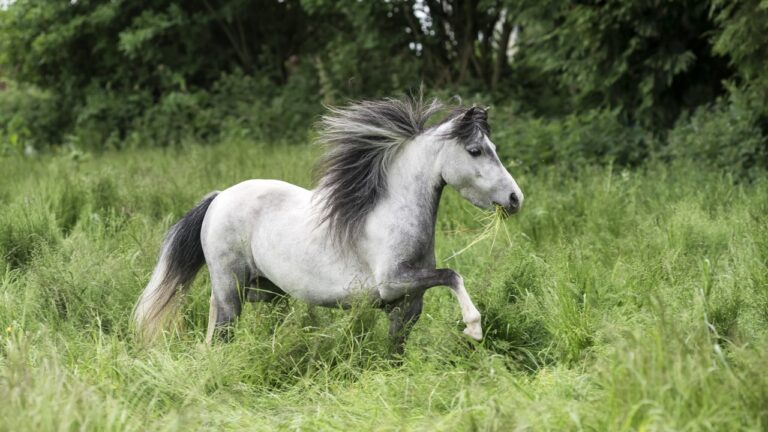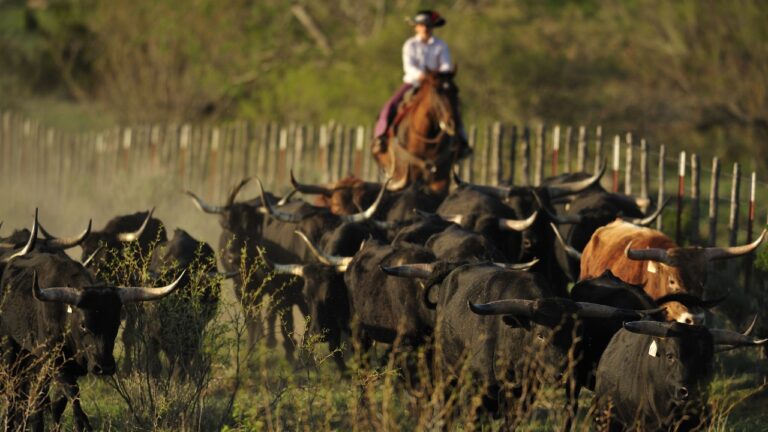10 Common Myths About Raising Livestock You Need to Stop Believing
There’s a lot of bad advice floating around when it comes to raising livestock. Some of it gets passed down from people who’ve never actually worked with animals, and some of it comes from folks who learned the hard way but refuse to admit they were wrong. Either way, believing the wrong thing can cost you time, money, and animals.
If you want to do this right, you need to focus on what actually works, not what sounds good. Raising healthy, productive livestock takes real knowledge, not myths and wishful thinking. Here are some of the biggest myths that some people still believe.
Raising Livestock is Cheap

If you think livestock is a cheap way to get meat, milk, or eggs, you’re in for a wake-up call. Between feed, fencing, shelter, and medical care, the costs add up fast. Sure, some animals can free-range part of the year, but they still need proper nutrition, especially in winter.
The upfront costs alone—good fencing, quality housing, and basic medical supplies—aren’t something you can skimp on. And once you factor in regular feed and emergency vet visits, you’ll realize that raising livestock isn’t the budget-friendly venture some people assume it is. Done right, it’s rewarding, but cheap? Not even close.
You Don’t Need a Vet if You Homestead

There’s this idea that if you homestead, you should be able to handle all animal care yourself. Knowing how to deworm, treat minor injuries, and recognize illness is important, but thinking you’ll never need a vet is a mistake.
When an animal is dealing with a serious infection, a difficult birth, or a major injury, having a vet lined up can mean the difference between life and death. Waiting until you’re in an emergency to find one will cost you time—and possibly your animal. Have a vet’s number handy before you need it.
All Chickens Lay an Egg Every Day

If you think you’re getting an egg a day from every hen, you’re setting yourself up for disappointment. Chickens don’t work like a factory. Breed, age, diet, and daylight hours all play a role in egg production.
Hens slow down in winter unless you supplement with artificial light. Older hens lay less. And some breeds are seasonal layers, meaning they’ll only lay when conditions are just right. If you want a steady supply, pick high-production breeds, feed them properly, and understand that egg-laying isn’t as predictable as people think.
Goats Eat Everything

People love to joke that goats will eat anything, but the truth is, they’re picky. They’ll nibble on a lot of things, but that doesn’t mean they’ll actually eat or digest them. In fact, goats can get sick if they eat the wrong stuff.
They thrive on quality forage and hay, not trash or leftover scraps. And if you think you can toss them in a pasture full of weeds and walk away, they’ll prove you wrong. They need minerals, fresh water, and a balanced diet to stay healthy.
Pigs are Dirty Animals

Pigs get a bad reputation for being dirty, but they’re actually some of the cleanest animals on a farm—if they have enough space. They naturally pick one area for their waste, and they don’t roll in mud for fun. They do it because they don’t sweat, and mud keeps them cool.
The real issue? People cramming pigs into small, muddy pens without drainage. That’s when they start looking and smelling bad. Give them space, fresh bedding, and clean water, and they’ll stay a lot cleaner than most people expect.
You Can Feed Your Livestock Kitchen Scraps and Be Fine

Feeding scraps to livestock can be a great supplement, but it’s not a full diet. Certain foods can make animals sick, and poor nutrition leads to weak, unproductive livestock.
Chickens can eat a variety of scraps, but avoid moldy food, onions, or too much citrus. Pigs can handle more, but things like raw potatoes or chocolate are dangerous. Goats? They’ll taste just about anything but can’t process all of it. Bottom line: know what your animals can and can’t eat before you start tossing food their way.
Cows Need a Huge Amount of Land to Thrive

You don’t need hundreds of acres to raise cattle, but you do need to manage your land properly. A small herd can do well on a few acres with rotational grazing, but overstocking a small space leads to overgrazing and unhealthy cattle.
How much land you need depends on your climate, forage quality, and whether you’re supplementing with hay. Some places require as much as 20+ acres per cow, while others can support more on way less land. The key is knowing your land’s limits and not pushing it past what it can handle.
Once You Build a Coop, You’re Set

A lot of people build a coop thinking they’re done. But chickens will test your setup every chance they get. If you don’t predator-proof it, raccoons, foxes, or hawks will help themselves to an easy meal.
Ventilation, drainage, and security all matter. You’ll need to check for weak spots, patch holes, and possibly reinforce your setup as your flock grows. A good coop isn’t a one-and-done project—it’s something you’ll be maintaining and adjusting over time.
Farm Animals Don’t Need Shelter in Winter

Certain breeds are built for the cold, but that doesn’t mean they can go without shelter. Wind, rain, and wet conditions are what really put livestock at risk. Even the hardiest animals need a dry place to escape the worst of the weather.
Cattle with thick coats can handle the cold, but they still need windbreaks. Chickens can survive freezing temps, but damp conditions will kill them fast. Goats? They hate getting wet. The key is making sure animals have a place that’s dry, well-ventilated, and protected from harsh winds.
One Livestock Guardian Dog is Enough

A single livestock guardian dog (LGD) might work for small farms, but in areas with heavy predator pressure, one dog often isn’t enough. Coyotes, wolves, and mountain lions work in pairs or packs, and a lone dog can get overwhelmed fast.
Most homesteaders with serious predator problems use at least two dogs. They work together, covering more ground and keeping threats in check. If you’re in an area with big predators, don’t assume one LGD will be enough to keep your animals safe.







